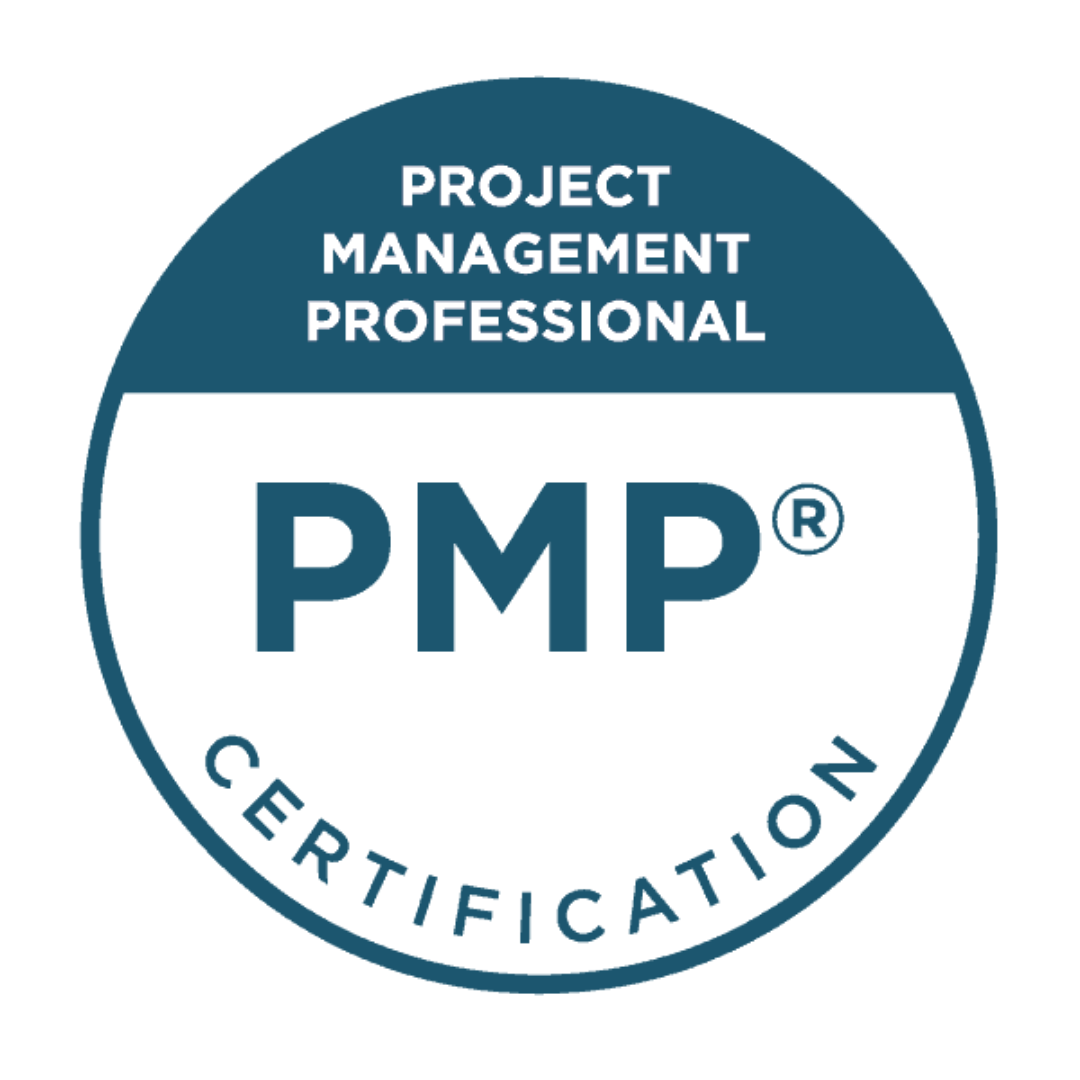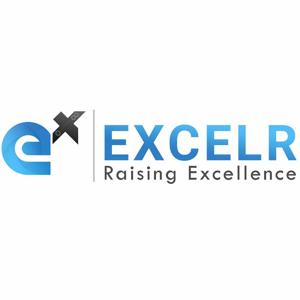
Introduction
Earned Value Management (EVM) stands at the core of robust project performance measurement, enabling managers to gauge whether a project is on track in terms of cost and schedule. For PMP® aspirants, understanding EVM is essential: it underpins numerous exam questions, while in practice, it proves indispensable for forecasting risks, controlling budgets, and communicating with stakeholders. In Chennai’s thriving project environment—from construction to IT implementations—advanced EVM skills separate competent managers from exceptional ones.
Core Concepts of EVM
At the heart of EVM lie three fundamental metrics:
Planned Value (PV): the budgeted cost for work scheduled up to a point.
Earned Value (EV): the budgeted cost of actual work completed.
Actual Cost (AC): the real cost incurred for the completed work.
By regularly comparing EV to PV and AC, managers assess whether performance aligns with planned timelines and budgets. These metrics provide an objective snapshot of project health, enabling early identification of issues before they escalate.
Advanced EVM Formulas and Use Cases
Building upon PV, EV, and AC, project professionals use advanced indices and forecasts:
Cost Performance Index (CPI) = EV / AC
A CPI below 1.0 signals cost overrun; above 1.0 means under budget.Schedule Performance Index (SPI) = EV / PV
An SPI below 1.0 indicates a schedule delay; above 1.0 implies early progress.
Using CPI and SPI, candidates derive forecasts:
Estimate at Completion (EAC) can be computed in several ways:
BAC / CPI(assuming future performance matches past efficiency).AC + (BAC – EV)(assuming remaining work proceeds as planned).AC + ((BAC – EV) / (CPI × SPI))(accounting for both cost and schedule trends).
Estimate to Complete (ETC) is the expected cost to finish the remaining work.
Variance at Completion (VAC) = BAC – EAC, measures anticipated budget surplus or deficit.
Choosing the correct EAC formula depends on project context. If cost trends dominate, CPI‑based forecasts work; if schedule delays also impact costs, the combined CPI×SPI version offers more accurate predictions.
Real-World Scenarios Where EVM Adds Value
Consider these field examples:
Construction Projects
In Chennai’s infrastructure builds, EVM helps identify budget slippage during earthworks, prompting reallocation of resources before overruns deepen.IT Rollouts
For software deployment in local firms, EV mapped to story point completion allows proactive adjustment of team size or scope, avoiding slip in go‑live dates.Product Development
Chennai-based manufacturers use EVM to integrate procurement lead times into cost forecasting, ensuring supplies arrive before critical build‑out.
In each case, EVM supports decision‑making: when CPI dips, cost control measures are initiated; when SPI falls, schedule mitigation plans are enacted. Stakeholder reports grounded in these metrics enhance credibility and trust.
Common Mistakes Made by PMP Aspirants with EVM
Many candidates struggle with EVM due to misinterpretation:
Mixing up formulas: employing the wrong EAC calculation leads to unrealistic forecasts.
Ignoring context: applying a simple CPI‑based EAC when schedule delays also influence cost.
Memorisation over understanding: reciting formulas without grasping underlying logic hampers problem solving, especially when PMP questions present nuanced scenarios.
True mastery comes from practising real calculations, understanding when each formula applies, and recognising trade‑offs in forecast accuracy.
Why Professionals in Chennai Should Prioritise EVM Mastery
Chennai’s project landscape encompasses IT hubs, infrastructure expansion, and large-scale manufacturing operations. Employers in the city increasingly demand managers who can measure and control project performance with precision. Advanced EVM techniques equip candidates to:
Lead large, cross-functional initiatives with confidence
Anticipate cost and schedule variances effectively
Communicate with finance teams and senior executives using quantifiable metrics
Handle PMP exam scenarios with ease and real‑world context
EVM proficiency signals to Chennai employers that a candidate can deliver projects on time and within budget—a prized competence in this competitive market.
How Local Training Centres Help Reinforce These Techniques
Well-structured PMP training programmes in Chennai combine theoretical instruction with applied learning. Institutions offering pmp certification chennai often:
Host interactive classroom workshops focused on EVM calculations
Provide real‑life case studies drawn from Indian infrastructure and technology projects
Offer practice exams emphasising scenario‑based EVM questions
Include mentoring sessions where experienced PMs share lessons from real implementations
Encourage peer study groups to discuss formula choice, forecast variance, and best‑practice application
This blend of conceptual clarity and hands‑on experience cements understanding—ensuring that students not only recall formulas but also apply them logically when under exam or project pressure.
Exam Success Through Practical EVM Application
PMP exam questions frequently present scenarios requiring:
Correct selection and computation of EAC and ETC formulas
Interpretation of CPI, SPI, TCPI, and VAC under project variations
Application of trend analysis for forecasting
Integration of risk considerations into EVM forecasts
Candidates with practical exposure—where they’ve tracked EV, AC, and PV in sample projects and drawn forecasts for decision‑making—find these questions intuitive. Local study workshops and simulation labs further reinforce the mental agility needed to tackle complex EVM cases under timed conditions.
Choosing the Right PMP Coaching Institute in Chennai
When exploring pmp certification chennai, aspirants should look for centres that demonstrate:
Curriculum aligned with the latest PMBOK® Guide edition
Instructors with on‑site project and EVM experience in local industries
Case‑study labs simulating Chennai‑specific project constraints (e.g., supply chain delays, vendor payments)
Small‑group mentoring for discussing difficult EVM questions
Access to practice tests with advanced scenario‑based questions
A training institute that balances conceptual depth with applied, contextual practice gives PMP candidates the edge—both in passing the exam and flourishing in project roles.
Conclusion
Advanced EVM techniques—beyond the basics of CPI and SPI—such as multiple forecast formulas, risk‑adjusted estimates, and earned schedule integration, are vital for project managers aiming to excel both in the PMP exam and in real‑world execution. In Chennai's robust project market, professionals who master these methods are better positioned to secure leadership roles and ensure project success.
Guided education through hands‑on workshops, local case studies, and mentoring in Chennai not only bolsters exam readiness but fosters genuine confidence in applying EVM under varied project conditions. For PMP candidates seeking career growth in this region, investing time in advanced EVM practice is a strategic move with lasting professional dividends.






Write a comment ...